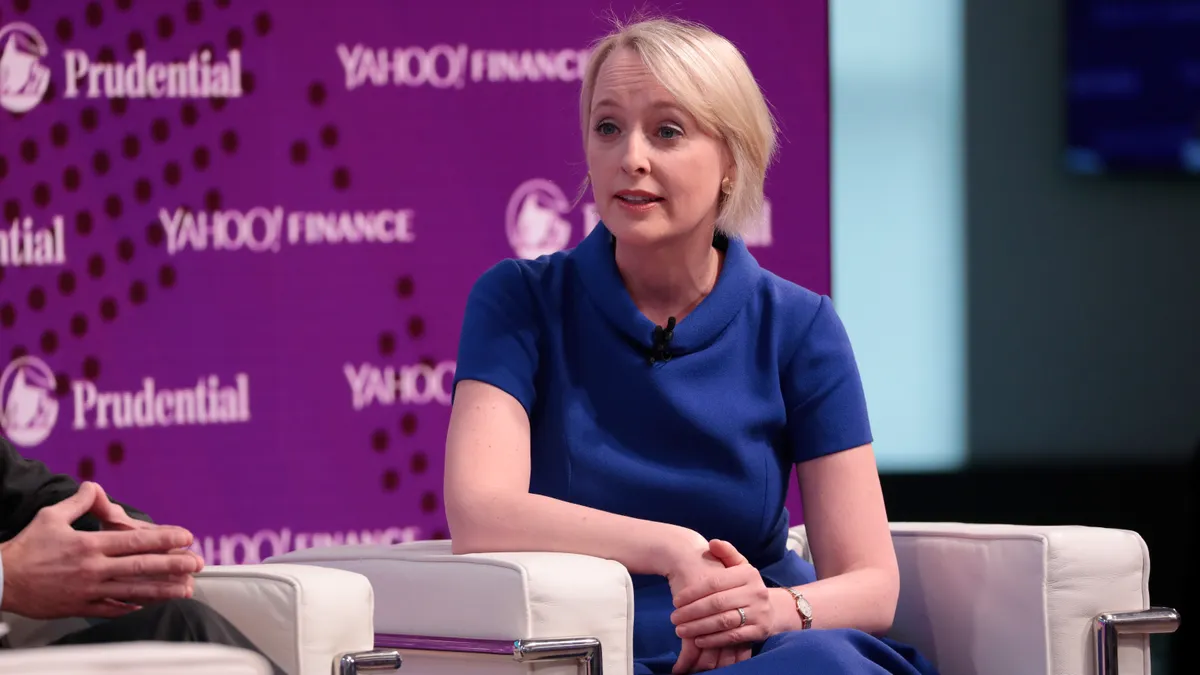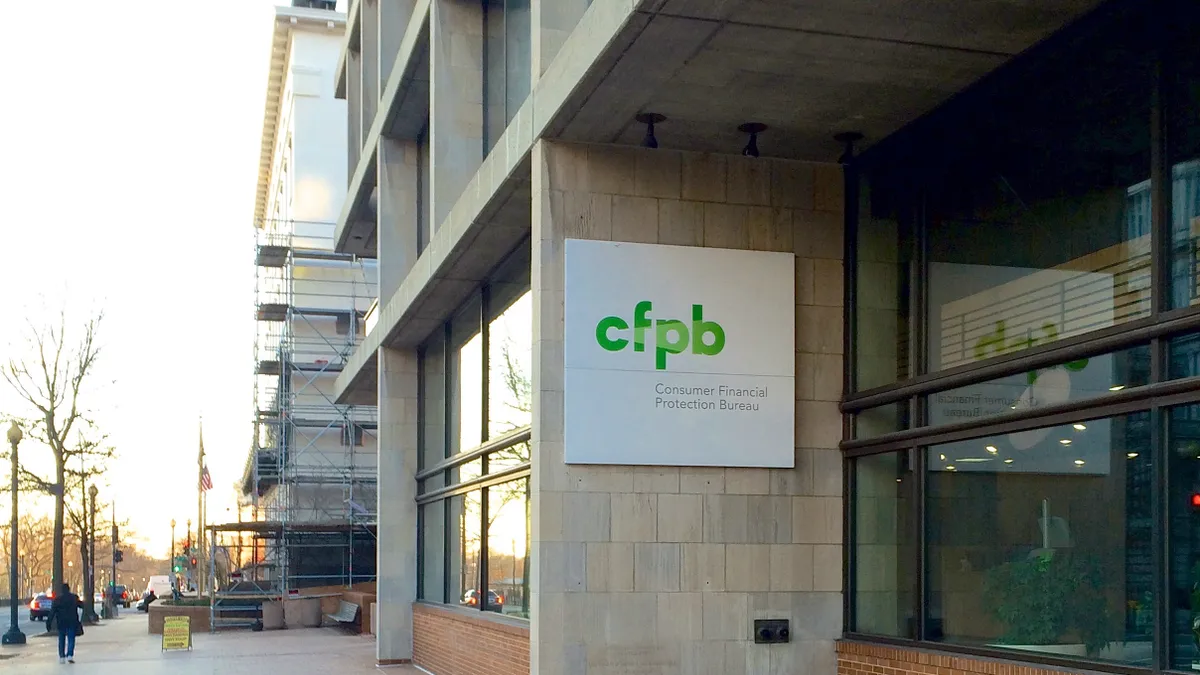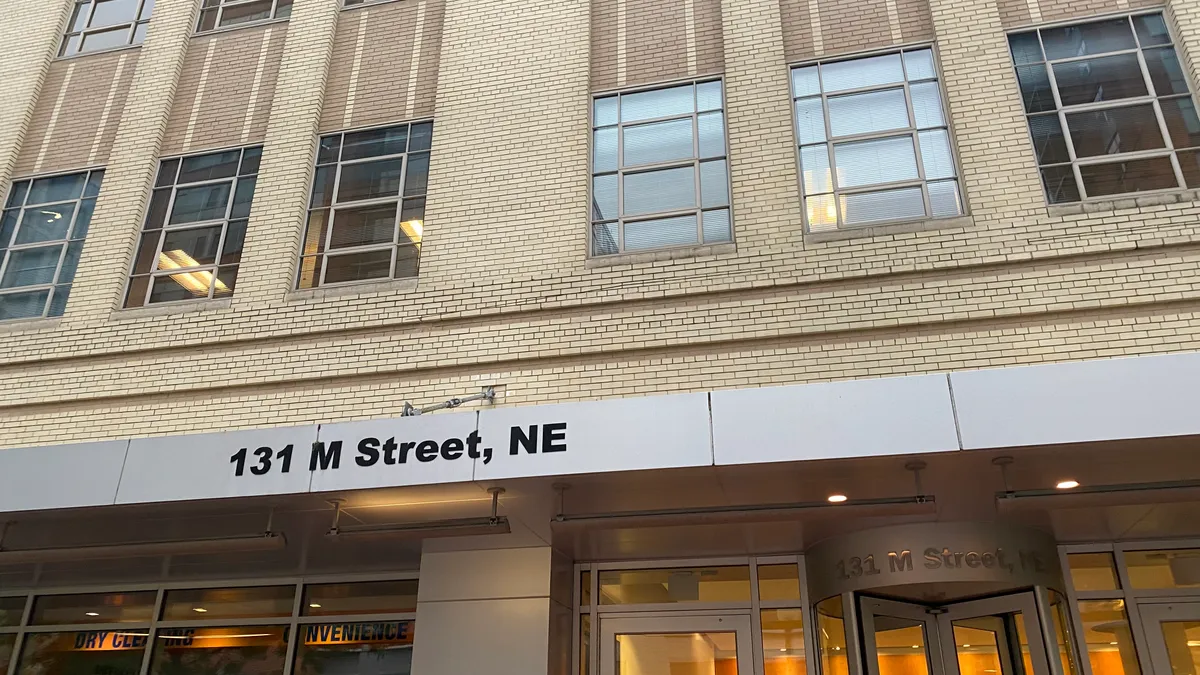The separation agreement between Rachel Gonzalez and Starbucks, the company she left last month as its general counsel, is notable for how clean it is, a specialist in business and employment litigation says.
"The terms of the agreement suggest to me that this is a friendly parting, all in the course of business," Peter Glennon of the Glennon Law Firm said in an interview.
Gonzalez’s departure after four years as Starbucks’ general counsel was announced April 4, the same day the company made official the return of Howard Schultz as interim CEO to help find a permanent leader at a time when the coffee chain is roiled by employee efforts to unionize.
Schultz, who bought the company in the early 1980s and helped turn it into the world’s largest coffeehouse chain with 34,000 locations in 80 countries, was the company’s CEO from 1986 to 2000 and then again from 2008 to 2017.
Clean slate
It’s typical for an incoming CEO to start with a clean slate in a key position like general counsel, so Schultz’s decision to hand the GC seat to Zabrina Jenkins, a 16-year veteran lawyer at the company, doesn’t have to be taken as anything against Gonzalez, Glennon said.
"What we’re seeing here is she’s basically receiving all to which she’s entitled," he said. "She’s getting accelerated vesting of her equity, 1.5 times her salary and bonus and she’s even getting her attorney’s fees."
Under the agreement, as filed with the Securities and Exchange Commission, Gonzalez is receiving payments totaling almost $8 million, including cash for equity grants of more than $4.8 million and about $2.3 million in severance. She also gets a prorated bonus of about $470,000, including $20,000 to cover legal fees.
In addition, the agreement includes standard non-disparagement language, a reaffirmation of the non-compete agreement she signed when she joined the company and an opportunity for both parties to craft internal and external announcements about her departure.
She’s agreed to stay on in an advisory capacity until May 20.
Under the non-disparagement language, the promise not to say anything bad goes only in one direction, from her to the company, a unilateral approach that’s standard given the difficulty of enforcing a bilateral agreement.
"It’s hard for a company to agree not to disparage an employee because the company has so many thousands of employees," Glennon said. "This is standard and it shows that nobody’s really concerned about anything, and you can also see that when they talk about the parties working together in good faith to reach mutually agreeable [announcement] language."
In a big exit like this, announcement wording can’t be an afterthought, Glennon suggested, because the language has the potential to determine the person’s employability going forward.
"When you leave one job and go to another job, what’s your story?" he said. "What’s your narrative? You want to make sure it’s honest and it’s believable, but that’s why it’s helpful here to ensure that the parties are working together for those internal and external announcements."
In a positive move, the non-compete clause includes language suggesting Starbucks has no plans to be hard-nosed about where Gonzalez can go once her advisory stint ends.
"Starbucks says it’s willing to consider a waiver for non-compete obligations on a case-by-case basis, and they will not unreasonably withhold that," he said. "That’s pretty common in friendlier partings, because they’re effectively saying, 'If you come tell us who you're looking for … that might be okay.' That says a lot here."
Competitors, broadly defined
The company typically defines what a competing business is, and in Starbucks' case, it would likely be any coffeehouse or other fast-serve coffee business, like Dunkin’, but it could also include some other types of business, depending on the kinds of strategic moves Starbucks has made separate from operating coffeehouses.
If the company has invested in the manufacturing of coffee making or other types of equipment, for example, especially if it’s thinking about eventually replacing a percentage of baristas with machines, some manufacturers could be off limits, too.
"We don't know what Howard Schultz’s plans for Starbucks have been," he said. "But, she’s precluded from working in any business that would be competing with Starbucks' plans."
Given the flexibility that’s built into the language, Glennon said, it’s possible she could get the okay to move into a competing business if it’s not considered a threat to Starbucks even though it’s technically a competitor.
"Maybe a startup isn’t a big threat," he said. "So, that would be an example where a company would waive the non-compete and say, 'Sure, you can go work for that startup.' That arguably falls within the definition, but it’s not a true competitor to Starbucks, or at least to their current plans."
There’s one other clue that suggests the separation was a friendly parting. Had the company wanted to break with her for substantive reasons, it might have dispensed with the non-compete clause altogether.
"Just to settle and get you out," he said. "That’s not happening here and that says a lot."
Labor focus
Like Schultz, the new GC is holding the seat on an interim basis and has a background that could be an asset as the company responds to the wave of employee unionization that is roiling its operations.
Since three of its stores in Buffalo, N.Y., unionized late last year, several others around the country have done so, most recently in Virginia, where five Richmond locations voted to unionize in late April. Another 140 or so in 30 states have petitioned for union recognition, a first step before employees can vote.
As the company’s former ethics officer and a leader in its diversity efforts, including as an executive contact with Starbucks’ Black Partner Network, interim GC Jenkins could be seen as a bridge builder that both labor and management trust, although in a statement to Bloomberg Law, the company said the GC transition wasn’t related to diversity goals.



















